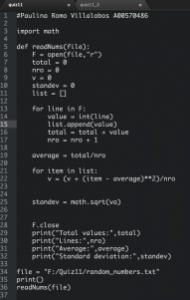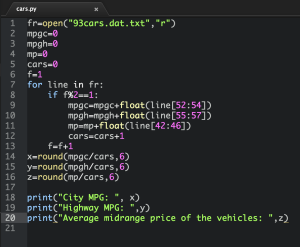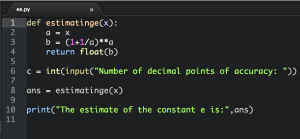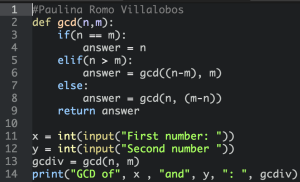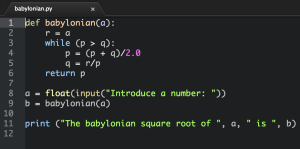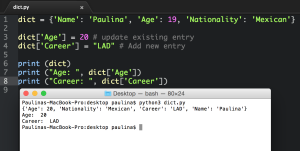-
Recent Posts
Recent Comments
Archives
Categories
Meta
Author Archives: tywins
Quiz 11
Comments Off on Quiz 11
Posted in Blogs, Syndicated, TC1014 Blogs
Tagged #TC1014, quiz11, Sin categoría
WSQ16 – Cars
Comments Off on WSQ16 – Cars
Posted in Blogs, Syndicated, TC1014 Blogs
Tagged #TC1014, #WSQ16, Sin categoría
QUIZ 10
Comments Off on QUIZ 10
Posted in Blogs, Syndicated, TC1014 Blogs
Tagged #quiz10, #TC1014, Sin categoría
ECOS
Just did the ECOS thing, literally took me like less than 2 minutes so get off your ass and go do it. Or not. 🙇🏻
Finishing the course
My plan to finish this course is to keep up with the WSQs, I think we only have to do 3 more of those. As for masteries, I have 3 left to do (installing linux, python modules and reading/writing files in python), we also have like 4 more quizzes to do. This next week I’m gonna try to finish the masteries to get that weight off, and do every WSQ as soon as they get posted.
I will probably be trying to post some videos too on masteries so I earn some extra points, as well as the final video that was requested, I’ll try to cover that over the weekend.
Comments Off on Finishing the course
Posted in Blogs, Syndicated, TC1014 Blogs
Tagged #TC1014, #WSQ15, Sin categoría
WSQ 14 – Estimating E
Comments Off on WSQ 14 – Estimating E
Posted in Blogs, Syndicated, TC1014 Blogs
Tagged #TC1014, #wsq14, Sin categoría
Quiz 9
Comments Off on Quiz 9
Posted in Blogs, Syndicated, TC1014 Blogs
Tagged #QUIZ09, #TC1014, Sin categoría
WSQ12
Comments Off on WSQ12
Posted in Blogs, Syndicated, TC1014 Blogs
Tagged #TC1014, #wsq12, Sin categoría
WSQ13
Comments Off on WSQ13
Posted in Blogs, Syndicated, TC1014 Blogs
Tagged #TC1014, #WSQ13, Sin categoría
Creation and use of dictionaries in Python
A dictionary is another type of container in Python, like lists and tuples, but this one has elements in pairs, these are called items, each key is separated from it’s value by a colon, each item is separated by commas and the dictionary is enclosed with {}.
To update a specific item in the dictionary, you type the name of the dictionary, after that the name of the item inside brackets and (”), then equaling this to the value you want to update it to.
The same goes for adding another item to the list, follows the same process and syntaxes.
Finally, to print the dictionary you just put it after the print function with parenthesis. In case you want to print only a specific item you need to type the name of the dictionary then the item you want to print, of course in this form [‘item’], and the whole thing goes between parenthesis as well.
Here’s an example:
Comments Off on Creation and use of dictionaries in Python
Posted in Blogs, Syndicated, TC1014 Blogs
Tagged #TC1014, mastery27, Sin categoría

